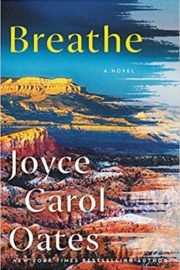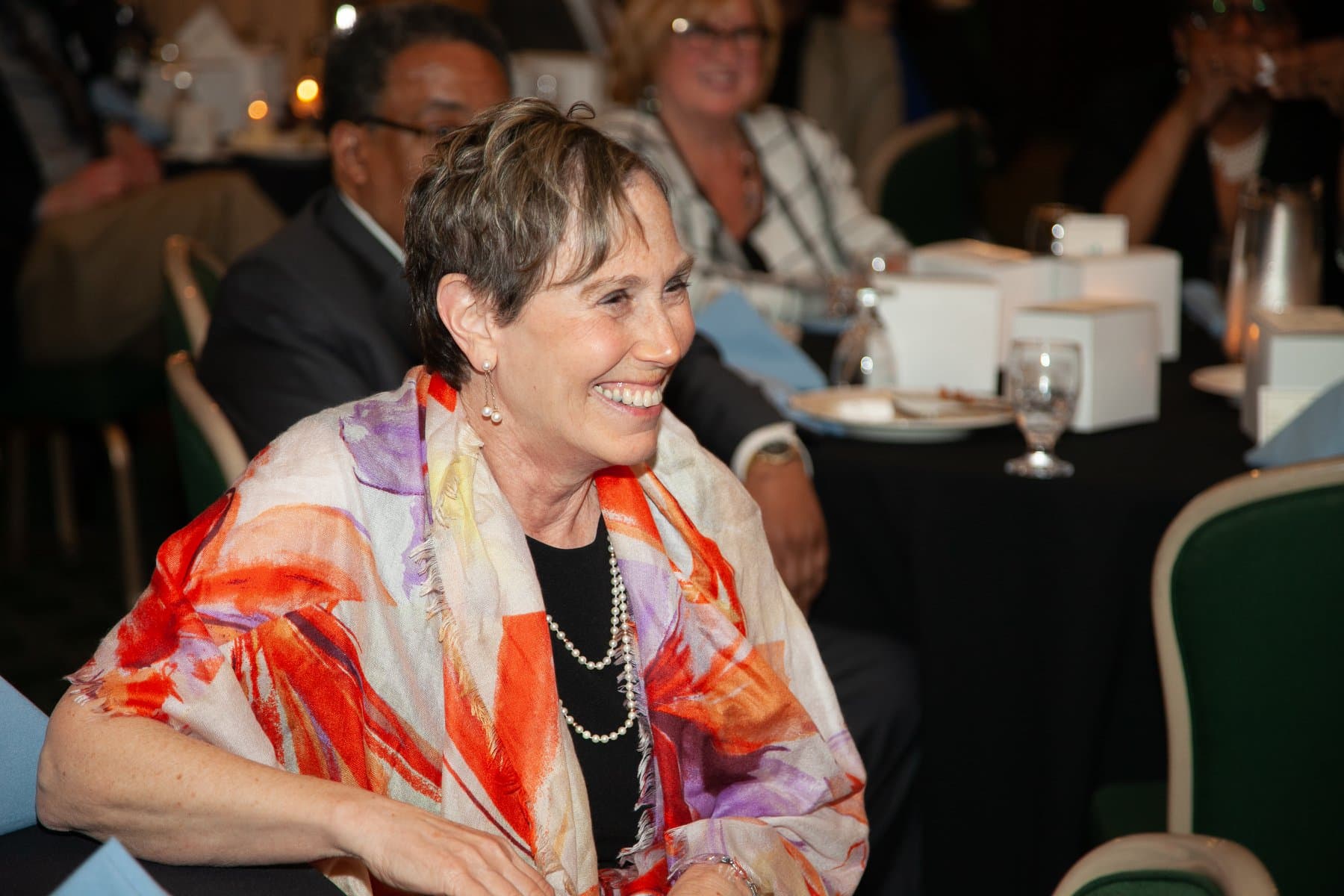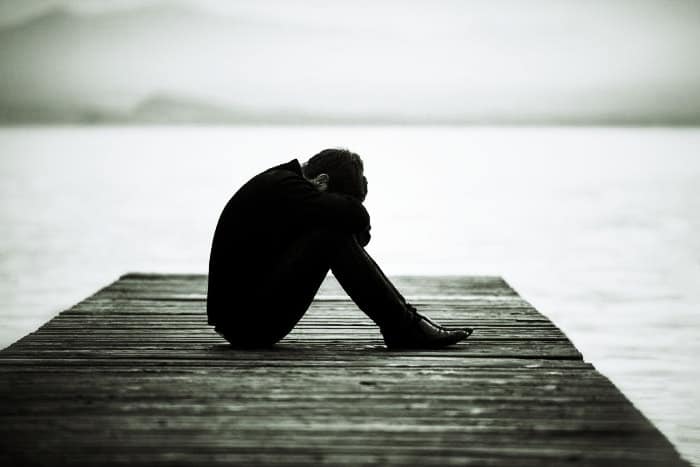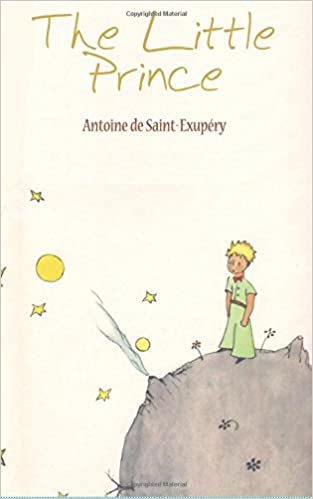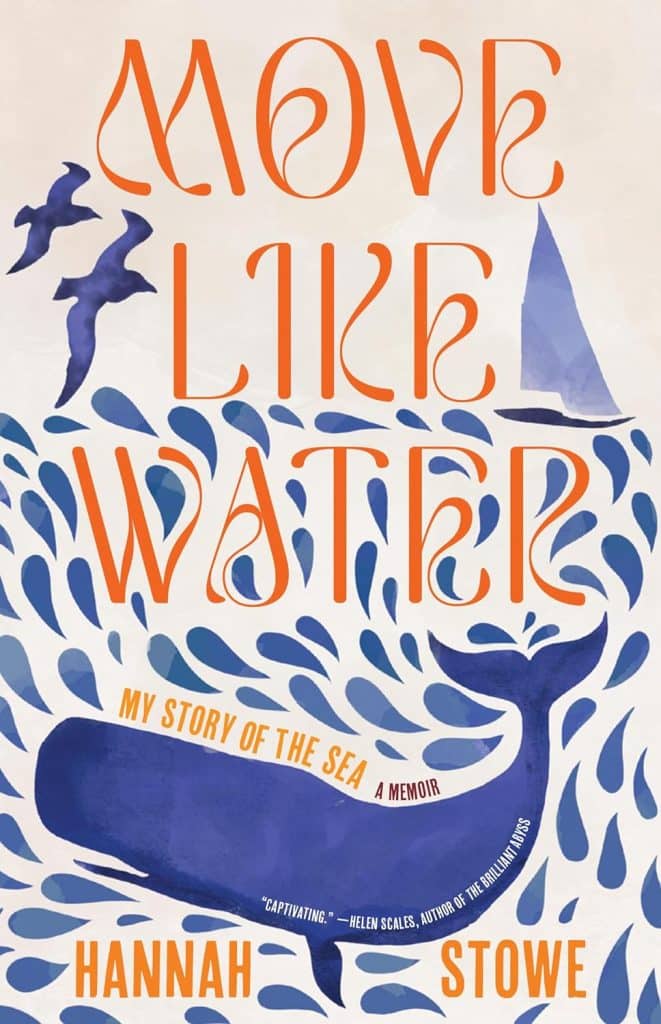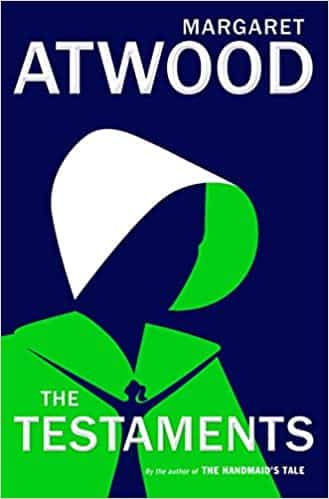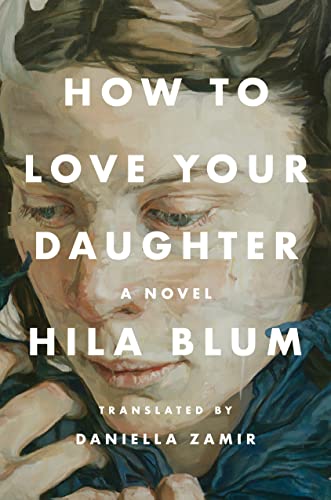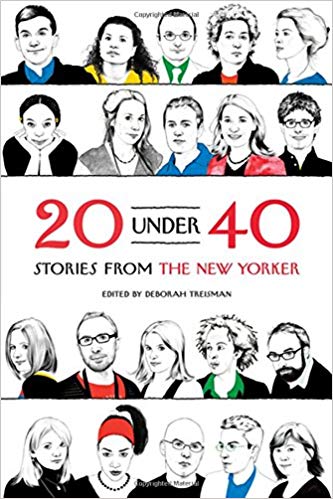Reading Breathe by Joyce Carol Oates was a book I knew I needed to read once Jan was diagnosed. Despite the possibility that the book would trigger negative memories, I finally read Breathe. It was what I needed to read at this point in my journey. Ms. Oates wrote the book in 2019 after her husband, Charlie Gross, died. The novel is a story of love, loss, and loneliness. These are topics that I write about on this blog.
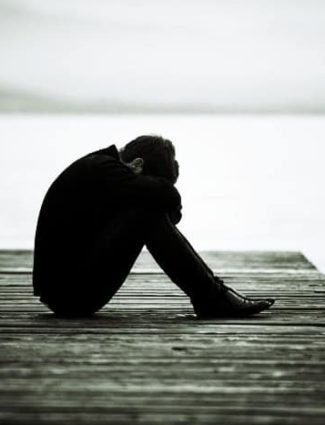
Grief-Vise Loosens its Hold on Me!
Estimated reading time: 0 minutes, 44 seconds
In the grip of the grief-vise: all that you will do, all that you even imagine doing, will require many times more effort.
Hardly daring to breathe for the grief-vise will tighten around your chest, squeezing the very air out of your lungs.
In the early stages of grief, the vise was strangling me. Breathing was impossible, and weeping was constant at times.
I will never be entirely free of the grief vise, but I can now manage my life and keep the grief vise from dominating me.
When you buy a book or product using a link on this page, I receive a commission. Thank you for supporting Sharing Jan’s Love blog.
